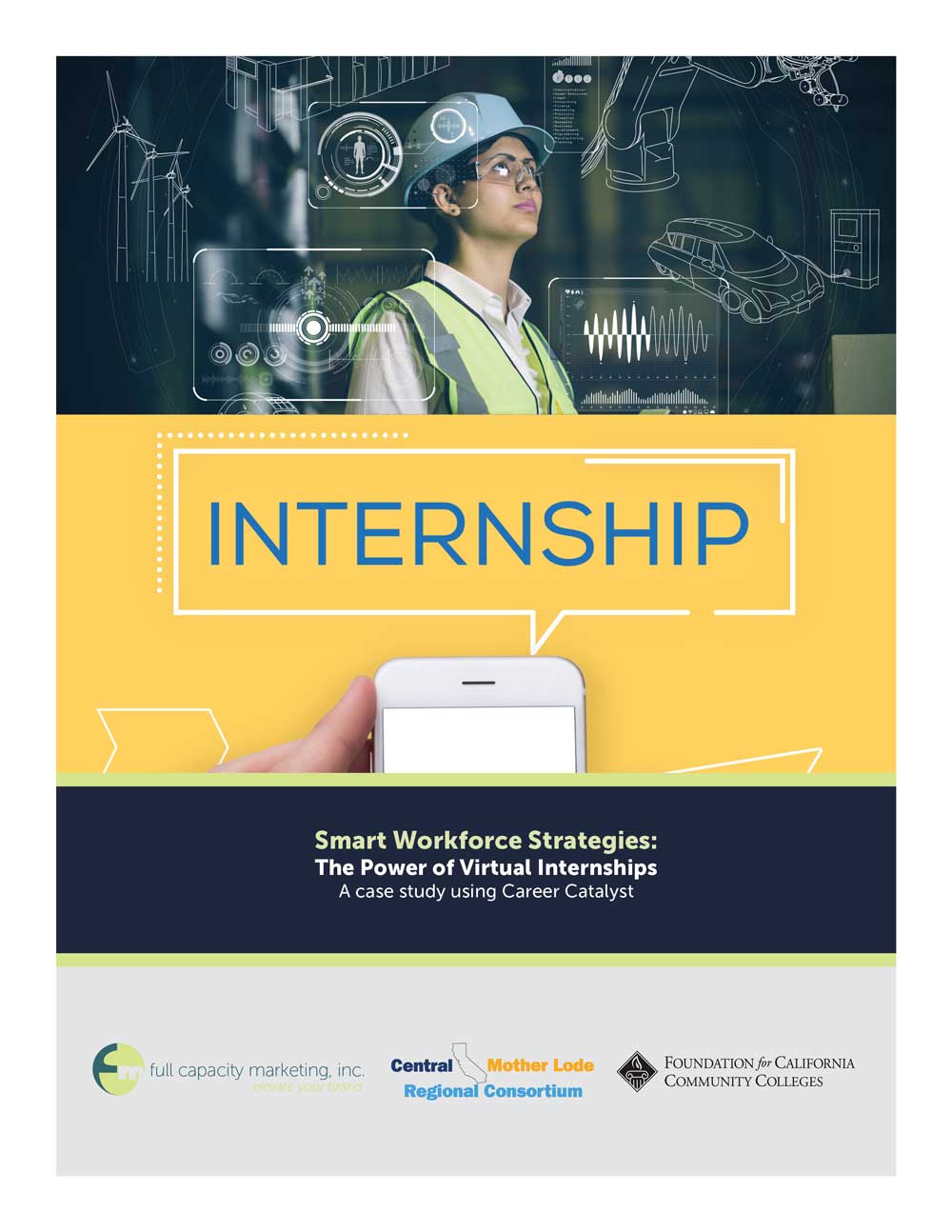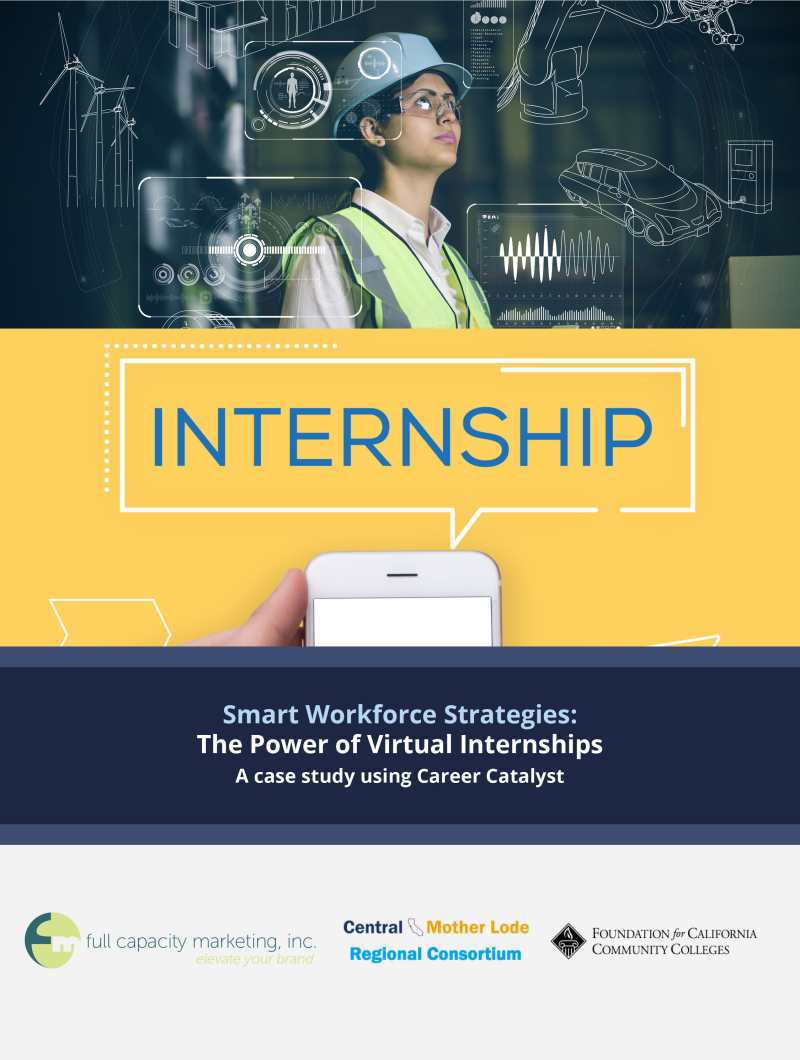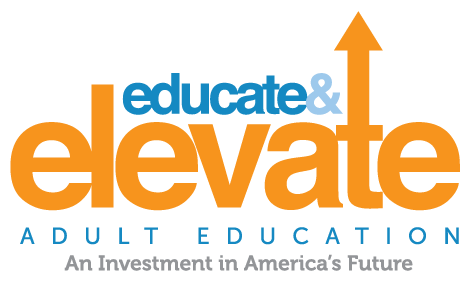Author: sellandb

SMART WORKFORCE STRATEGIES: A CASE STUDY IN VIRTUAL INTERNSHIPS
In today’s ever-changing labor market, companies need smart workforce strategies to maintain a competitive edge, and studies show internships can contribute to a company’s bottom line.
In today’s ever-changing labor market, companies need smart workforce strategies to maintain a competitive edge, and studies show internships can contribute to a company’s bottom line.
Retention rates are a major concern for employers across sectors. The National Association of Colleges and Employers’ (NACE) 2017 Internship and Co-op Survey reported that at the one-year mark:
- The retention rate for hires who had an internship with the hiring organization was 65.5%.
- The rate for hires who had other internship experiences was 52%.
- For hires with no internship experience, the retention rate was 46.2%.
Employee Benefit News (EBN) reports it costs employers 33% of a worker’s annual salary to hire a replacement when that worker leaves. That’s about $15,000 per person for an employee earning a median annual salary of $45,000, according to the Work Institute’s 2017 Retention Report.
You typically think of an internship as taking place at a business, but the digital age has made the virtual internship possible. In this case study, Full Capacity Marketing (FCM) partnered with the Foundation for California Community Colleges (Foundation) for support from its Career Catalyst program, a suite of services for organizations wanting to offer paid work experience. The foundation expanded its program to accommodate virtual internships, allowing FCM to hire nine interns under a contract with the Central/Mother Lode Regional Consortium, a group of 14 community colleges spanning the Central and Mother Lode regions of California.
Sound like something you and/or your employer partners would like to do? Learn more about the foundation’s program to see how it could help you get on track to launching your own virtual internship.
Download the full case study.
Like this article?
If you like this article we recommend downloading our eBook below to get better informed

Smart Workforce Strategies:
The Power of Virtual Internships A case study using Career Catalyst
Share this article

Thought Leaders in Workforce, Education & Entrepreneurship

CAMPAIGN CONTRIBUTES TO A $35M INCREASE IN ADULT EDUCATION FUNDING
Georgetown Center on Education and the Workfoce reports that by this year, 63 percent of all U.S. jobs will require education beyond high school. Yet, nearly half of the U.S. workforce— about 88 million adults aged 18 to 64— has only a high school education or less, and/or low English proficiency.
Georgetown Center on Education and the Workfoce reports that by this year, 63 percent of all U.S. jobs will require education beyond high school. Yet, nearly half of the U.S. workforce— about 88 million adults aged 18 to 64— has only a high school education or less, and/or low English proficiency. Adult education helps to close this gap and provide workers with the skills needed for the jobs of today and tomorrow, a key message that resonated across the countryas part of the Educate & Elevate Campaign.
For the past 14 months, the national Educate & Elevate campaign has brought together more than 55,000 adult educators to proactively educate policymakers about the importance of adult education and how it is an investment in America’s future. Leadership from the Coalition on Adult Basic Education (COABE), the National Council of State Directors of Adult Education (NCSDAE), 36 national-level partners, the state associations, professional development consortia and Dollar General effectively mobilized the nation in support of adult education through a campaign website, social media, communications toolkits and proactive outreach efforts.
“The Educate & Elevate campaign was created at a time when our adult education system expected a reduction of $87 million in funding,” said COABE Executive Director Sharon Bonney. “Our collective efforts resulted in more than 76,000 connections with legislators by individuals from the adult education field, resulting in a $35 million increase in funding.”
This funding is critical to individuals ages 16 and older who no longer are enrolled in school and are functioning below the high school completion level. Adult education programs not only teach these individuals the foundations of reading, math and English, they also equip learners with college and career readiness skills that lead to employment or the transition to postsecondary education.
“Adult education is a critical component to making sure America has the skilled workforce needed to compete,” said NCSDAE Executive Director and campaign partner Pat Tyler. “Surveys show that more than 90 percent of American businesses do not believe workers have the right skills; we have to ensure that all workers are ready to help employers compete.”
The campaign earned six 2017 Davey Awards for integrated campaign, its website and video. The campaign website offers education advocates tools and resources, infographics, videos, fact sheets and success stories, including a short documentary from PB’S “The Success Files.” Information about these tools, as well as how to access adult learning programs may be found here.
Share this article

Thought Leaders in Workforce, Education & Entrepreneurship




